My country is on fire.
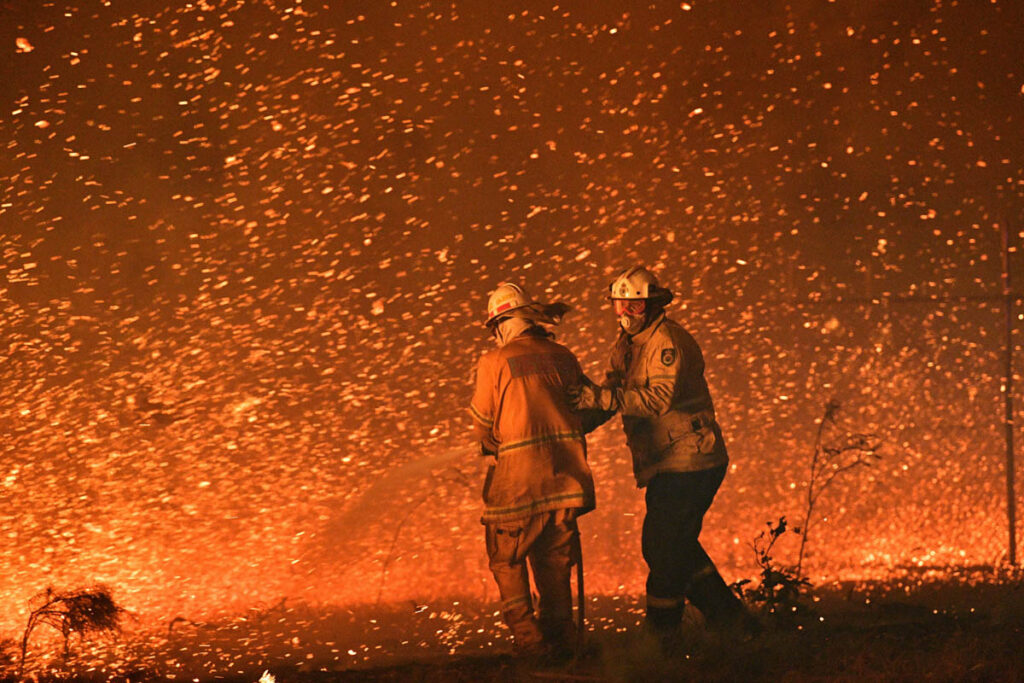
This picture taken on December 31, 2019 shows firefighters struggling against the strong wind in an effort to secure nearby houses from bushfires near the town of Nowra in the Australian state of New South Wales. (Photo by SAEED KHAN / AFP)
Until recently there were 130 bushfires burning in New South Wales alone and almost 200 across Australia, more than 2000 homes have been destroyed, and over one billion creatures have perished including 27 humans, while thousands more have been injured. At least eighteen million hectares of bushland (much of it national and state forests) have been incinerated by the fires. Habitat is so devastated that localised extinction is, in some places, inevitable. At time of writing, some 30 fires are still active across the country, with two at emergency warning level.
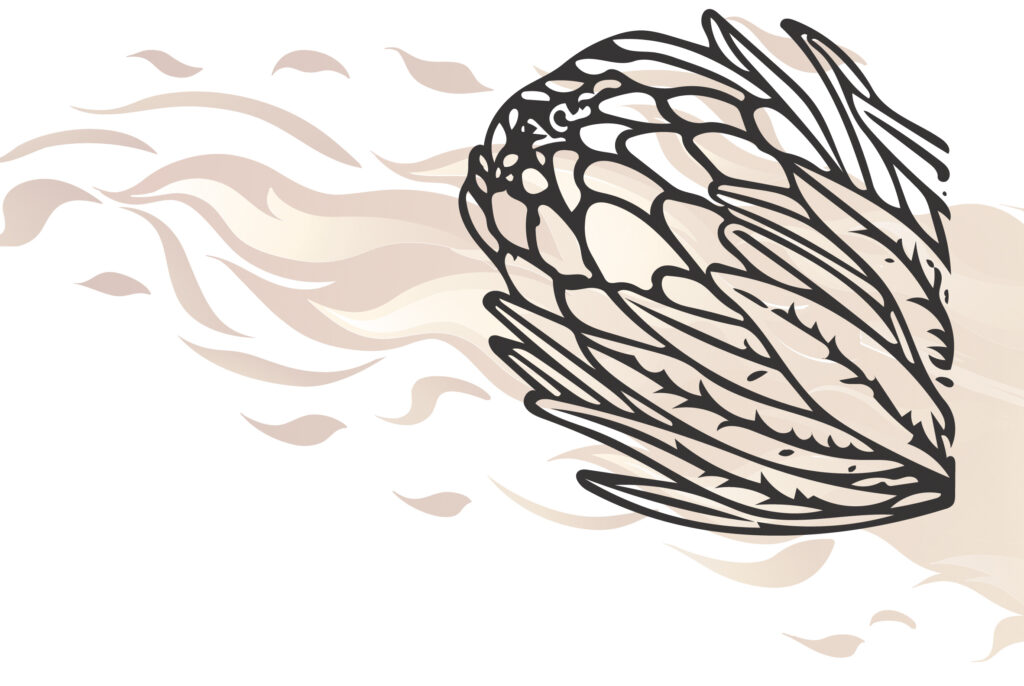
Credit: Georgina Rankine
One of the tragic consequences of a shift away from Indigenous knowledge and practices to western-centric practices in Australia is that Aboriginal and Torres Strait Islander peoples and communities practiced controlled burnings at regular intervals as part of their stewardship of the land. With the loss of these practices over decades has come a tinder-dry landscape that, due to lack of precious ground water, a prolonged drought, and fanned by high winds, has fuelled the frenzy of fires now burning across the continent.
The level of burning and damage across the country is unprecedented with no end in sight. Fires will burn for weeks and months to come. The fires are radically reshaping the physical and political landscape. Leadership from local communities is at the fore and new coalitions of scientists, farmers, firefighters, health workers and mayors are forming to advocate for the policies and resources needed immediately and for the time ahead. And then of course there are the young people rising in their thousands in response to a girl from Norway who had the audacity to start her own school strike for climate action. A single act that became a global movement.

Credit: Georgina Rankine
After arriving in the Adelaide Hills just before Christmas, I woke early to go for a walk. As I was heading up a fire track, a koala came busting out of the bushes and lumbering toward me. She looked shell shocked and then she swerved and started climbing a nearby gumtree. She clambered up, paused and then started chewing the leaves as she watched me. She was safe for now.
I thought back to when I’d been in the direct line of fire years ago.
It was December 2003, and at the time I was working as the South Australian and Northern Territory State Manager for World Vision. I received a call from my boyfriend who worked for the Bureau of Meteorology. He told me a fire was blazing in the Adelaide Hills near where I lived at Piccadilly. I raced to my cottage to retrieve the getaway bag of belongings I’d packed during fire season. By the time I left the cottage the freeway was closed, and I was seemingly the last car on the hill road that wound its way down to the plains. Fire was fast making its way across land toward both sides of the road and I could see and feel the shimmering heat through my car. I remember thinking I was maybe too late to make it out and feeling this immense pressure in my head. It was surreal and yet there came a point where everything for me went very quiet – where I completely surrendered to what was – a prayer – thy will be done – in whatever language. I drove on in the hum of that prayer and the heat of the flames until I arrived at the bottom of the hill, spilling into regular traffic again. In a state of shock, I pulled over in my car with my ears ringing, heart throbbing, mouth dry. I was alive. After a while, I made the calls to say I was safe, turned on the ignition and headed to the sea, to water, to life.
Tragically, some rushing to escape these current fires in their cars, making the same dashing journey with possibly similar thoughts, had a very different outcome.
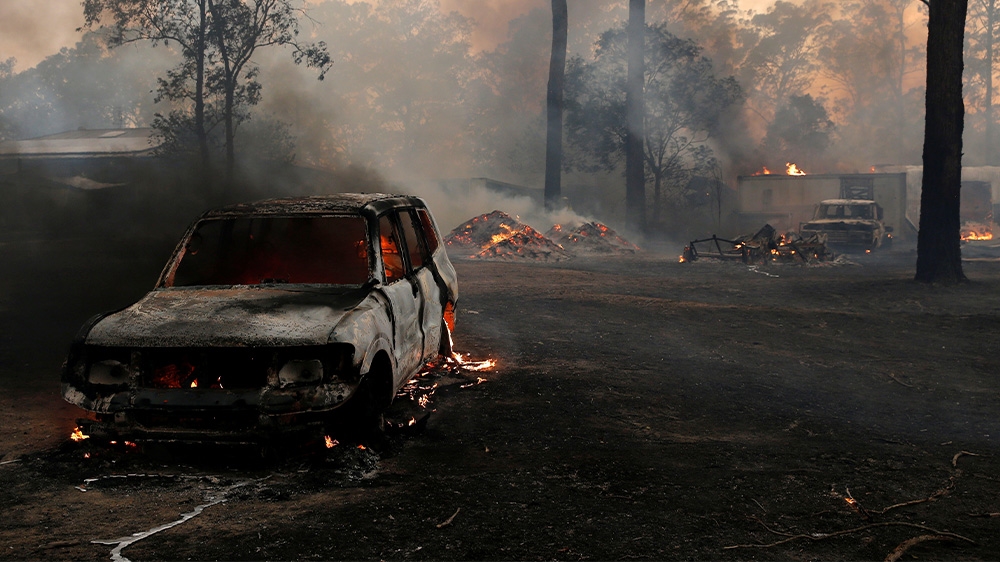
Credit: Darren Pateman
My boyfriend, the meteorologist, had decided soon after we met in 2002 that Australia and the world couldn’t sustain the level of carbon emissions and he was doing his part by giving up flying. He would travel by train, bus, boat, or foot in future. He was a climate futurist and he began giving presentations to groups and communities, to anyone who would listen.
I listened too and later became one of the climate messengers trained by Al Gore and soon after the fire from which I escaped, the Asian Tsunami hit on Boxing Day 2004 and at World Vision we swung into action. The outpouring of money, resources, and offers to help from people everywhere, was phenomenal. People wanted to contribute their skills but there was no organized system in place, so later I undertook a Churchill Fellowship to look at the kinds of systems that would better support humanitarian response, including a coordinated hotline to reduce administrative costs across NGOs, a standby high readiness brigade in Asia and the Pacific, and a civilian corp. There was too much resistance to the first two recommendations, but perhaps there is a new space for that now, however the Australian government did create a civilian corp.
In the process of studying humanitarian response systems I learnt a valuable lesson in challenging my own assumptions and bias in relation to helping people recovering from a major disaster. While it was important to get funds to them to support their basic needs of food, water, and shelter, it was essential to allow those affected to have the space to make decisions for themselves, rather than having decisions made on their behalf. To self-determine their future and what it looked like. It was equally important to support local people and communities to generate income again as soon as possible. That’s why it’s so encouraging to see the ‘Spend with Them’ campaign go viral in support of local communities affected by the Australian bushfires.
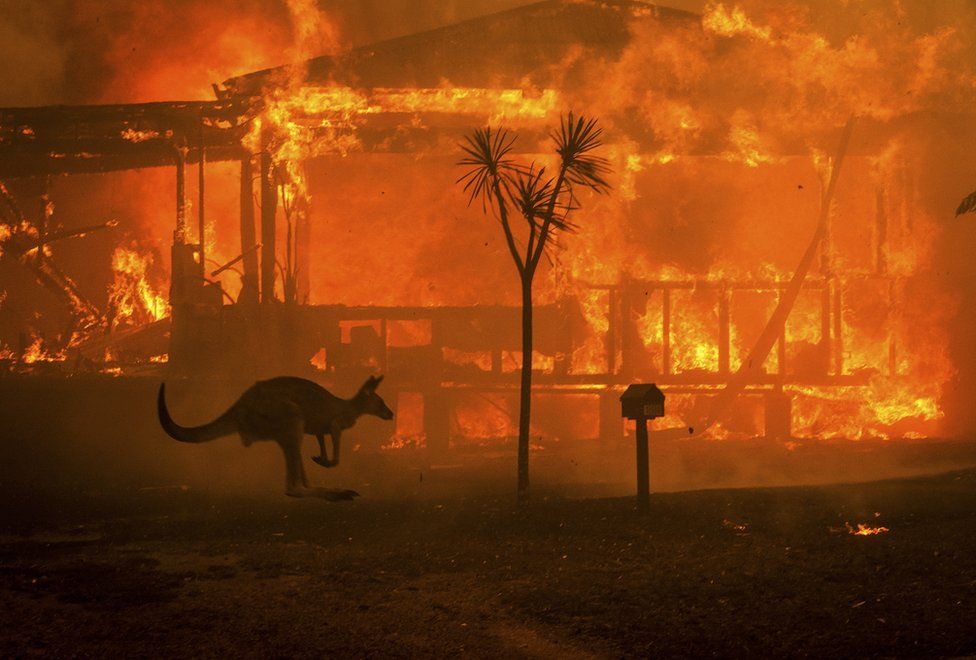
Letting local people lead and determine the kind of help they needed was critical. Especially important was ensuring women’s contribution to decision-making and to ensure they also had access to paid opportunities to regenerate livelihoods and income that are usually given to men.
At the time of the Asian Tsunami, there wasn’t a lot of thought given to the gender dimensions of the tragedy, and to recognising the needs of different genders. It was only later that the statistics revealed that, on average, for every man and boy who died, four women and girls died due to cultural reasons such as women feeling they needed their husbands permission to leave home, or that they didn’t feel they were appropriately attired or that they didn’t know how to swim.
During the 1991 Bangladesh Floods where some 140,000 people died, over 90% were women and girls and one of the reasons for this was that the early warning systems were male to male led. Even today it is still the case that many girls and young women in countries like Bangladesh don’t have access to smart phones for cultural reasons, and they don’t have the same natural access to information as their husbands who frequent marketplaces and mosques. This means women are still often shut out from vital information networks.
In my work we’ve been supporting women to create inclusive early warning systems and fire, flood and drought management systems that consider the needs of minorities and those most vulnerable in times of disasters. Women’s leadership and contribution is important since they are often at the frontline of impact in their communities due to both their caregiving and resource management responsibilities. Women’s role as primary caregivers uniquely prepares them for a role in disaster management as they can multi-skill, have intimate knowledge of the local community and natural resources, and have valuable links with others in the area. This includes fighting fires, and in Australia, amongst the firefighters is an all-female indigenous firefighting crew as well as other women firefighters.

Credit: Jessica Shapiro
Generally, disasters disproportionately affect women and girls, with women and children fourteen times more likely to die in a natural disaster on a global scale. In the Australian bushfire context, research has shown that women are more likely than men to want to evacuate, and men are more likely than women to want to remain and “fight the fire”. This means men are three times more likely to die in bushfires compared with women.
That said, in 2005, there was a fire in the town of Wangary in Eyre Peninsula where many men had left to fight fires leaving women at home with their children, and then the wind turned and the fires doubled back and razed many properties leaving 9 people dead and 115 people injured, predominantly women and children. The country fire service realised they had to train women in what to do in such a situation and so they created a training program called “Firey women.”
In some cases, gender differences also increase men’s mortality in disaster situations. For example, there were more immediate deaths among men when hurricane Mitch struck Central America, not only because they were engaged in open-air activities, but because they took fewer precautions when facing risks (Bradshaw, 2004). And then there is the intersectional impact of race and gender. During Hurricane Katrina in the United States, most of the victims trapped in New Orleans were Afro-American women with their children, the poorest demographic group in that part of the country (Gault et al., 2005; Williams et al., 2006).
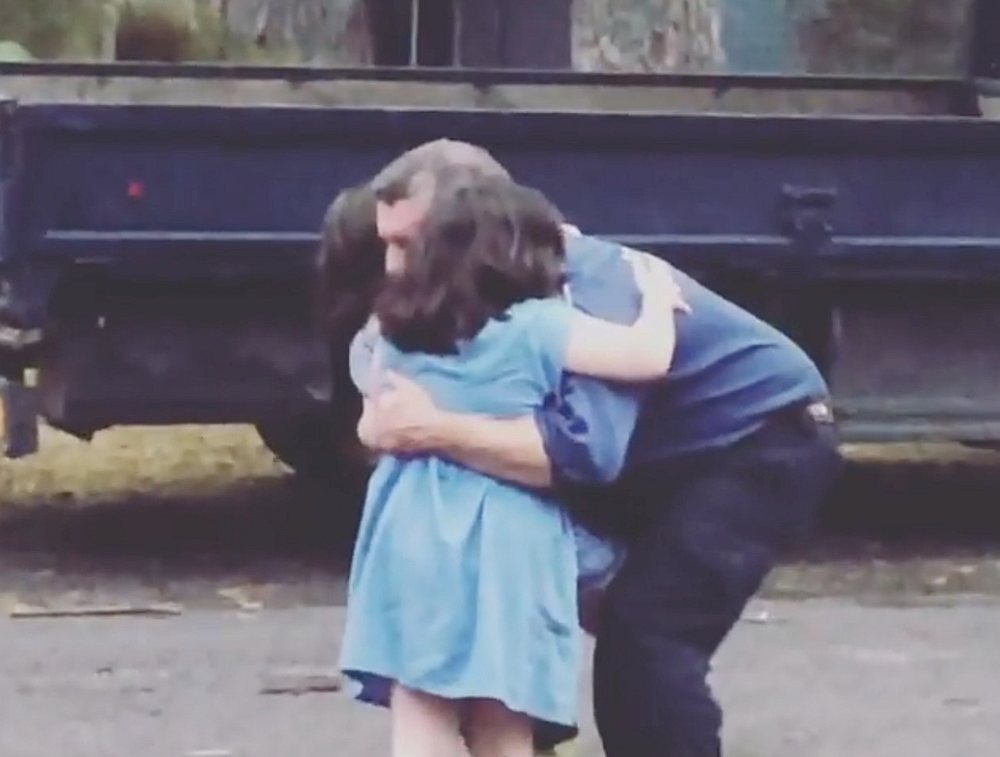
There’s also the gendered impact of climate impact on children. For instance, Sarah Ann Wheeler, one of the researchers at the University of Adelaide’s Centre for Global Food and Resources, was involved in a research study of the mental health effects in children of increased temperatures in Australia. What the study revealed is that there is a direct link between increased maximum temperatures and worsening childhood mental health in Australia. Especially significant is that the increase in daily temperatures resulted in worsened mental health outcomes for boys and even worse for children from low-income households.
One of my friends, who is also a leader in the creative industries in Australia, Maxine Williamson, shared with me a Podcast that her friend worked on called Creative Responders, that looks at how art and creativity can assist children and communities traumatized by natural disasters. The first episode is called “A Sense of Safety: What young people are capable of in the face of a disaster.” And my friends, Andrea Rieniets and Andrea Lemon have for years worked with children to equip them with life-long skills, empowering them to identify and lead the change they want to see in their communities through their organization, Kids Thrive.
This mental distress that children experience also affects many adults especially after the impact of the fires and the losses incurred. That’s when despair and depression often sets in and when those feeling a loss of power, control, and identity can express their frustration in many ways. Existing pressures and mental health issues are exacerbated and amplified and, if no help is at hand, the problems can quickly escalate.
In many communities after a disaster, there’s also spike in violence against women. If boys and men have been conditioned to not show their emotions, not cry, ‘man up’ and be tough, then they are at risk of more mental distress, and girls and women are at a heightened risk of domestic violence and sexual assault. Also, sometimes women who have escaped a violent situation are forced to be in touch with the person who violated them due to dealing with loss of home and in applying for assistance. They not only are forced to relive the trauma, but this contact can also often trigger further violence.
Psycho-social support for those affected by the disasters, including firefighters and other first responders, is critical. In California, where there have also been devastating fires and their incidence is increasing, some firefighters have begun a campaign for better safeguards to ensure their physical health needs are met due to the medium- and long-term impact of smoke inhalation in addition to the psycho-social support required from sustained trauma.
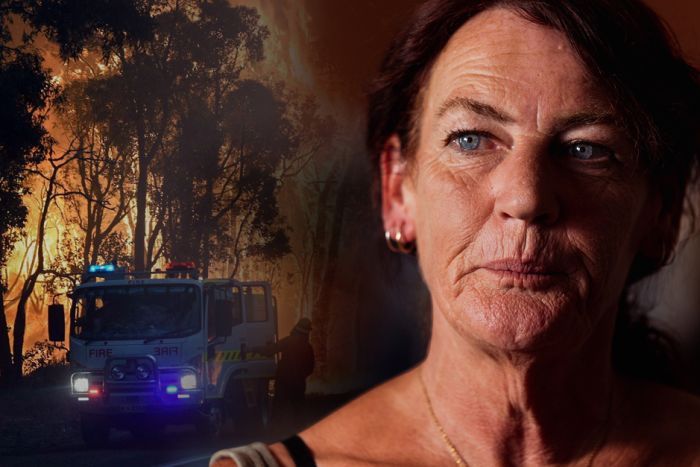
Dr. Meaghan Tyler, Professor Peter Fairbrother, and Dr. Richard Philips from the Centre for Sustainable Organizations and Work at RMIT University produced an important paper on Gender and Bushfires some years ago and the issues they highlight, and recommendations made, are just as relevant today. These include the need to better document women’s contributions in bushfires, including their informal roles, and for more research to document women’s vulnerability to domestic violence after bushfires and the role that gender norms play in increased violence.
Gender inclusive climate policies supported by gender budgeting are essential for governments to adopt in recognition that gender roles shape people’s capacity to prepare, respond, and recover from disasters.
We’re going to have to think differently about how we manage the increasing number of climate induced disasters across the globe, including the use of technology to provide emergency assistance and community health support. For instance, in relation to the growing need for health workers to support people who are old and want to stay in their home rather than be subject to institutionalized care, one company in Australia is considering the potential of drivers who can be trained as an extended corp of first responders for such people needing help, including during disasters. In other countries women are creating social apps to support women and girls to record how safe they feel, where they happen to be after a disaster, and to access emergency real time or hotline support if they’re at risk of violence, trafficking or assault.
Mental resilience will be as important as physical resilience in dealing with the increasing number of fires, floods, cyclones, desertification in countries and communities. Local networks and communities will play an increasingly important role with their ability to respond, improvise, regenerate and cooperate. The author Rebecca Solnit wrote a profound book about the stunning leadership exercised by local people and communities after disasters. A Paradise Built in Hell: The Extraordinary Communities That Arise in Disaster captures the phenomenal improvisation, leadership, altruism, and resilience people drew on in the face of life-threatening catastrophes including the San Francisco earthquake, Hurricane Katrina and 9/11. Solnit tells of citizens who organized their own rescue and shelter efforts in the face of official systems breaking down or making things worse. New citizen networks and innovations emerged from these experiences such as Meet Up, designed to bring people together in a lasting way and grow local communities.
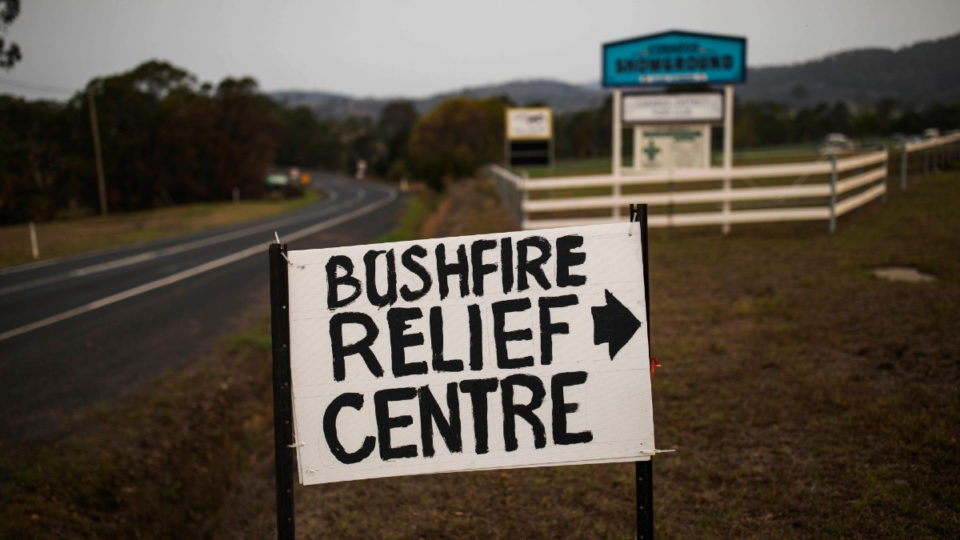
In Australia, the same thing is happening. For instance, when Erin Riley tweeted an offer to use the paddocks behind her house for bushfire evacuees with animals, the PhD student did not expect herself to be running an emergency accommodation service by the end of the week. But that’s what happened. People began responding with similar offers, so Riley started a database of volunteers and began matching them with those seeking help. In four days, Riley’s impromptu organisation, FindABed, had received offers of accommodation from more than 3,000 people to support people from fire-affected areas – many with pets, who would otherwise find it difficult to secure accommodation.
Beyond the creativity, courage and recalibration of people in response to the fires comes the beginning of physical regeneration of the land.
Aussie Murray Lowe shared a series of images on Facebook from Kulnara on the Central Coast of NSW:
“Ventured out into the fire grounds today to capture some images of how the Aussie bush responds to fire, and the way it regenerates itself and comes back to life,” he said.
“Even without any rain, life bursts through the burnt bark from the heart of the trees and the life cycle begins again.”
“It’s so heartening to see the bush coming back to life again.”
-

Credit: Murray Lowe -
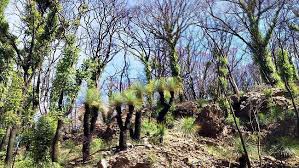
Healthy dense native trees are the first line of defence against climate change. They store carbon, keep moisture on the ground, retain rich topsoil, create shade to allow undergrowth to flourish and protect the soil from drying out. A Sydney Morning Herald reader, Lois Katz, also shared that it’s been discovered that trees roots support each other with nutrients at times of stress. I think back to when my late friend Charles Davison introduced me to the Soil Association where he was a lifelong member, saying it was one of his most important memberships (he also introduced me to Servas, that was a two-decade earlier altruistic version of Airbnb).
Of course, regeneration of eucalypts and hardy natives is very different to regeneration of rainforests that may struggle or never fully recover. With loss of habitat comes loss of native creatures including the glossy black cockatoo, the rock wallaby, platypus and the Kangaroo Island dunnart, a small marsupial found nowhere else in Australia, that face potential extinction.
On Kangaroo Island, where over 30,000 koalas perished and several people died, local people who are cleaning up and coming to terms with all that has happened are also talking about offering education tours for people who want to understand the impact of climate change and the fires and to also visit areas where regeneration and regrowth is beginning. This is a nascent form of climate tourism that will likely become more popular as climate impact increases and people want to understand the impact and how their actions, advocacy and adaption can make a difference.
Aboriginal and Torres Strait Islander peoples are also grieving a loss of sacred sites across the country. Land is a central part of indigenous people’s connection to country and to their identity as people. Many of their significant sites, landscapes, customs and stories focus on connection to land. When sacred sites are lost, they lose connection to their culture and heritage.
In talking to women in Pacific Island nations like Fiji, they’ve also identified planting trees as both important for a climate resilience as well as a source of new income for women as entrepreneurs and collaborators for sustainability. This builds on the tradition of women such as the late Wangari Maathai who created the Green Belt Movement in Africa (why isn’t there a feature film about her phenomenal vision and leadership?). Pacific nations are facing their own devastating impacts from climate change with fast rising sea levels and frequent cyclones and yet, unsurprisingly, Pacific nations have also given generously to Australia’s fire relief efforts. This generosity of spirit is echoed by the actions of many other people across the globe.
With the hundreds of thousands of animals and native wildlife injured, people in many countries have taken up their knitting needles to create protective pouches and blankets for the animals made homeless by the blazes. Volunteers from the US, UK, Hong Kong, France and Germany have made hundreds of bat wraps, joey pouches, birds’ nests, possum boxes, koala mittens and other items for marsupials. Hundreds of women in rural communities across Australia are using their sewing machines to sew bat wraps, kangaroo pouches and bags while others have created habitat boxes.
The Animal Rescue Craft Guild, which is coordinating the knitting drive, said the response had been “amazing.”

Mogo Wildlife Park, in New South Wales, is home to Australia’s largest collection of primates, and rangers have also gone above and beyond to save their animals from the fire. To keep all 200 creatures safe, rangers found shelter at the park. But one keeper opened his home to monkeys, a panda and a tiger.
“Right now in my house there’s animals of all descriptions in all the different rooms, that are there safe and protected… not a single animal lost,” zoo director Chad Staples told ABC.
In all of this, in some instances, firefighters and other Australians have still been able to draw on a reservoir of humor.
For instance, firefighters with the Urunga Rural Fire Service saved the home of Paul Sekfy in New South Wales. They left him a heartwarming note to say it was a “pleasure” to rescue his residence before apologising for drinking his milk.
“It was our pleasure to save your house… P.S. – we owe you some milk,” read the note.
Posting a picture of it on Facebook, Mr Sekfy wrote:
The best note on my kitchen bench since the morning after my wedding 😎🌈👍🏼👏👏💕
Another woman braved fierce flames to rescue a koala which was so disoriented it ambled into the face of the fire and caught fire, unable to escape:

I wonder with this compassion, altruism, and recognition of our shared humanity, how we can extend this koala compassion to all beyond this time of disaster response.
We need to be cultivating our inner regeneration as much as that of the land and country. How we support our emotions, emotional intelligence, mental health and wellbeing, and rest and rejuvenation will inform our collective regeneration as a country and community.
Critical in all of this, is getting more money to local groups, networks and communities for their leadership in climate mitigation, adaptation and solutions. They know best how to support good work at a local level and in turn support resilient networks and movements.
Globally very little funding is going to grass roots groups, especially in relation to climate resilience, at a time when this funding to groups on the ground is most needed.
To best support the immediate and long-term impact of climate and fire affected communities, we need to be informed climate philanthropists – making an informed decision about which organizations to give to that reflect our values, hopes, and beliefs for what kind of support and response is needed, both short and longer term. Some organizations have posted a list of organizations to give to, such as the Australian organization, One Million Women.
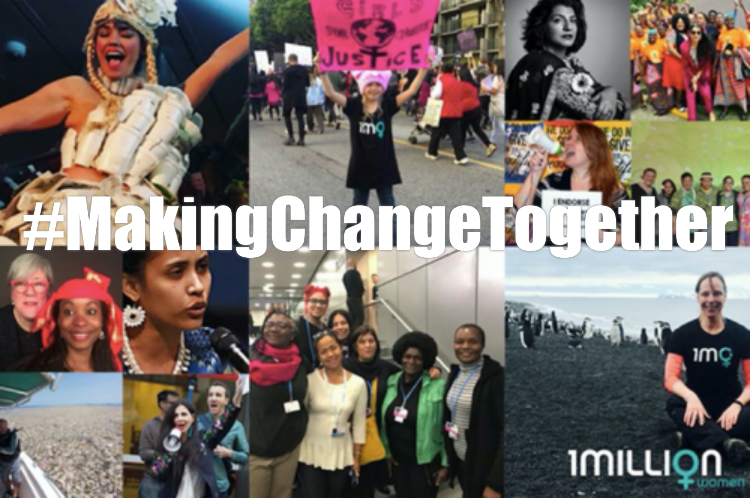
Where I come from in South Australia, there’s a list of organizations to support including those on Kangaroo Island where over 30,000 koalas have died:
The Foundation for Rural and Regional Renewal has been doing this for many years and has really been a beacon for supporting local rural communities across Australia. Supporting community foundations is also a way to ensure the funds are being managed by local communities.
Beyond the immediate crisis is the broader work of groups working for climate justice that needs support so that they can sustain momentum for change. This includes Seed: Australia’s first Indigenous youth led climate network who are building a movement of Aboriginal and Torres Strait Islander young people for climate justice with the Australian Youth Climate Coalition. Their vision is for a just and sustainable future with strong cultures and communities, powered by renewable energy. Often what happens during times of crisis is that funds dry up to sustain those organizations working for precisely the kind of policies and programs that serve as the best defense against future disasters and who are working for equity and justice for groups disproportionately impacted by disasters and climate induced events.
A few days ago, I was in Lobethal in the Adelaide Hills, where large tracts of blackened scorched earth were all that remained from the fires that swept through. Locals had banded together to offer accommodation and erect an emergency center for affected families and individuals. My friend Kim took me to a hula yoga session that a local yoga teacher was offering for free as a gentle session in movement and healing. I joined those who came to the session that took place next door to the emergency centre with its blankets and coffee stand. As we spun our hoops and swung our hips, somehow the collective swirl of hoops in motion felt itself an act of hope.
When despair for the world grows in me
and I wake in the night at the least sound…
I come into the peace of wild things
who do not tax their lives with forethought
of grief. I come into the presence of still water.
And I feel above me the day-blind stars
waiting with their light. For a time
I rest in the grace of the world and am free.
— “The Peace of Wild Things”
― Wendell Berry
“The grassroots people can change this world.”
— Wangari Maathai, Founder, Green Belt Movement